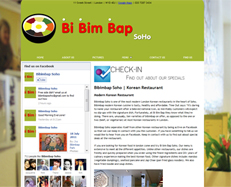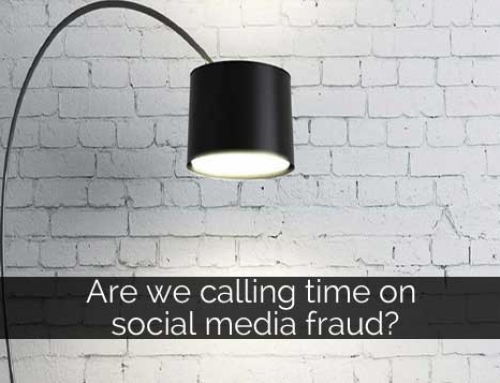Just a quick post this week, to share with you a great example of a small business integrating social media really well into their other online marketing.
 Kate was searching for a Korean restaurant in London, to suggest as a treat for a friend who spent time in Korea as a child and loves the food. In a sea of restaurant websites, the site for Bibimbap (it’s the name of an iconic dish, like Pho if you’re eating Vietnamese!) in Soho really caught our eye for the way they feature their own use of social media. Take a look at their site.
Kate was searching for a Korean restaurant in London, to suggest as a treat for a friend who spent time in Korea as a child and loves the food. In a sea of restaurant websites, the site for Bibimbap (it’s the name of an iconic dish, like Pho if you’re eating Vietnamese!) in Soho really caught our eye for the way they feature their own use of social media. Take a look at their site.
Why are they doing social media well?
It goes without saying this restaurant is doing the basics well; the home page text tells prospective diners exactly what they’re about, and menus and opening times are all available at one click. Yes, it may sound simple, but it’s surprising how many restaurants prefer to shove a fancy design in their website visitors’ faces in preference to giving them the information they’ve come for… okay, rant over.
But beyond that, they’re using a range of social media, integrating it into their site, and even more importantly, telling people what they use each website for and why they should bother to click “like”, “follow” or whatever. Their Facebook feed is prominent on the home page, with a “like” button you can use without leaving the site. They’ve included a Foursquare checkin, showing that you’ll get to find out about special offers. And in the main page text, there’s almost a mini manifesto for their social media strategy:
Bibimbap Soho seperates itself from other Korean restaurants by being active on Facebook so that we can keep in contact with you the customer. If you have something to tell us we would like to hear from you on Facebook. Keep in contact with us to find out about special deals at the restaurant.”
It’s not flashy or slick, but it’s a clear commitment to dialogue with their customers.
So, what are the lessons for your business? Firstly,
Tell customers how you’re using social media to put yourself ahead of the crowd.
There are still plenty of sectors – the restaurant and hospitality sector being one which immediately comes to mind – where good, thoughtful use of Twitter and Facebook can immediately set you apart by making it clear that you’re interested in your customers. Spelling it out for them doesn’t hurt. Secondly,
Give ’em the deal upfront.
“Follow us on Twitter” just won’t cut it – they’re your customers, you don’t get to tell them what to do!
“Our Twitter followers get real-time updates about today’s specials and discounts” is much more enticing. Finally,
Don’t keep your social media use a secret!
If a new customer walks through your door, would they know that you’re on Foursquare, or Twitter, or Facebook? You need to get the message out in the offline environment too, and make sure that your online and offline marketing strategies work together.
“Getting the message out” might be putting your Facebook URL on your Compliments slips (and please don’t just use “Find us on Facebook” unless your business name is totally unique – Facebook search isn’t great and you may be tenth in the list after five steak joints in Oklahoma) or it might be streaming your Twitter feed onto a screen in reception. Or even just putting up a big poster in the entrance lobby.





Leave A Comment